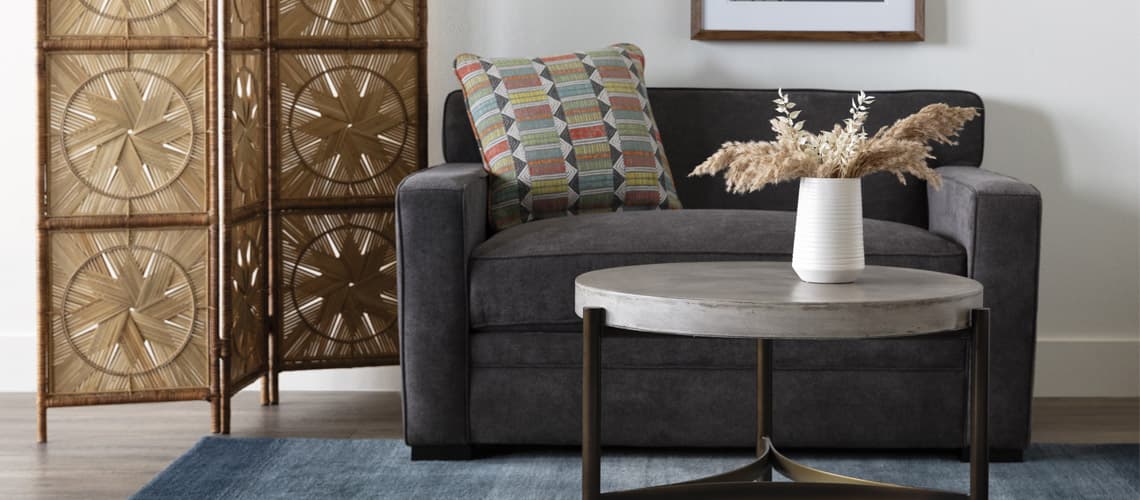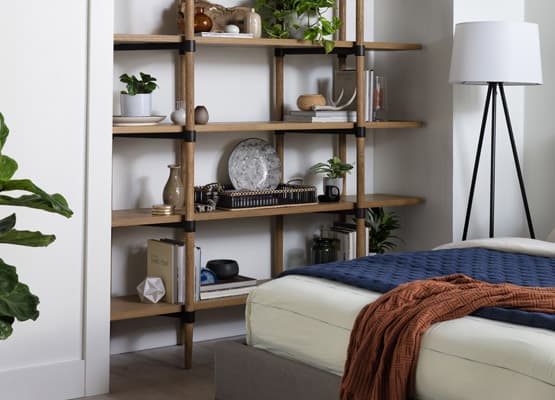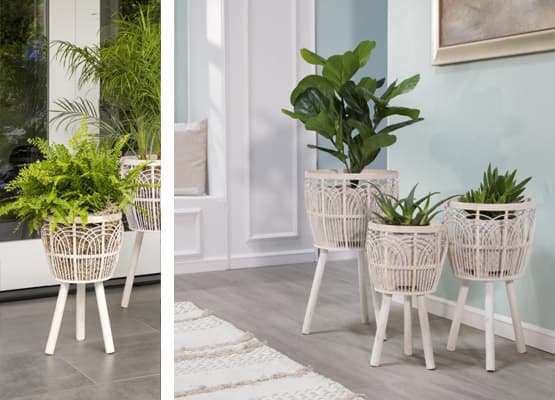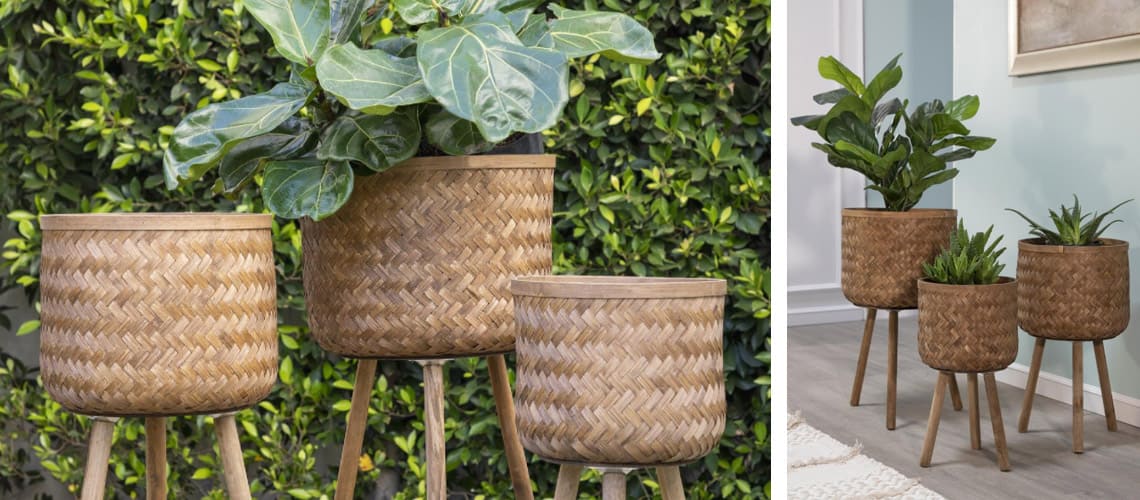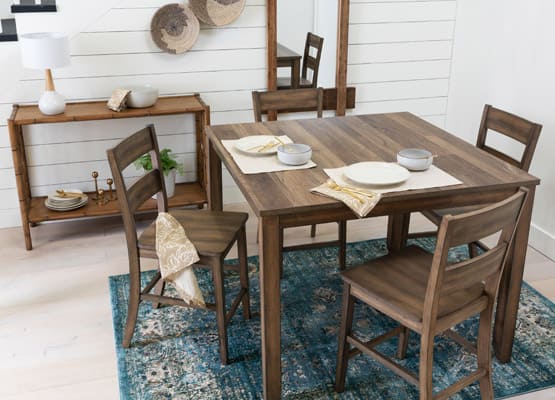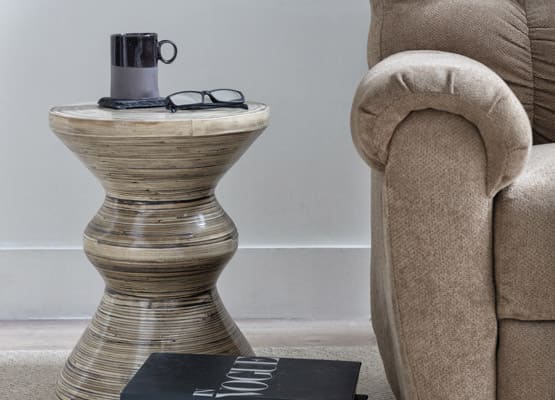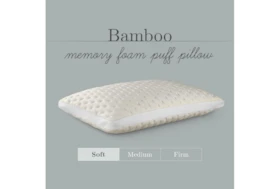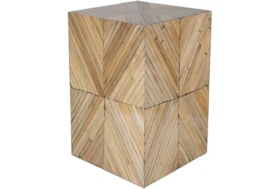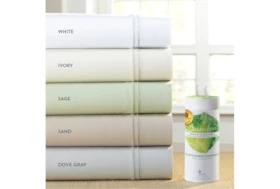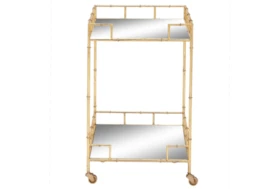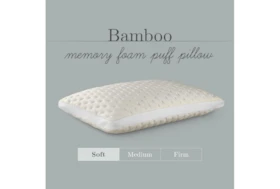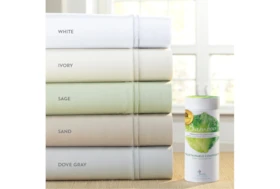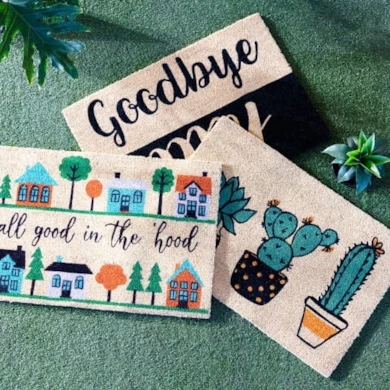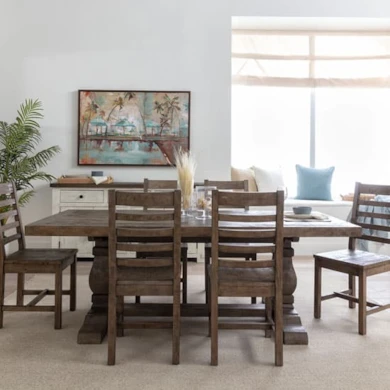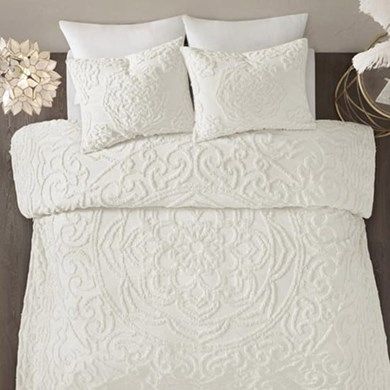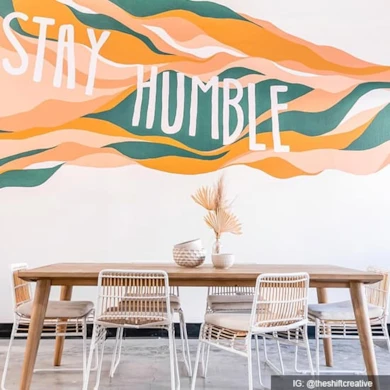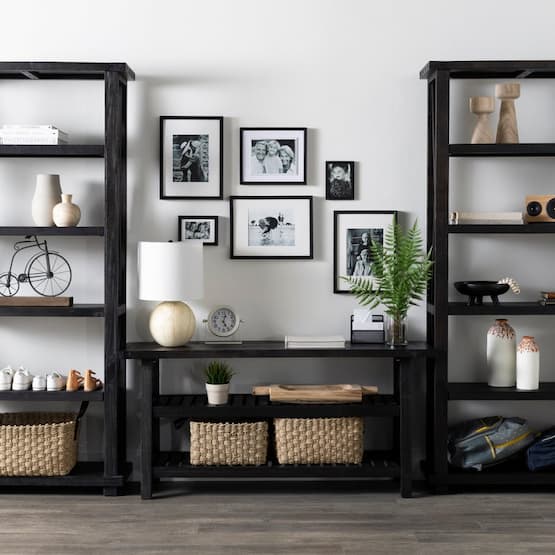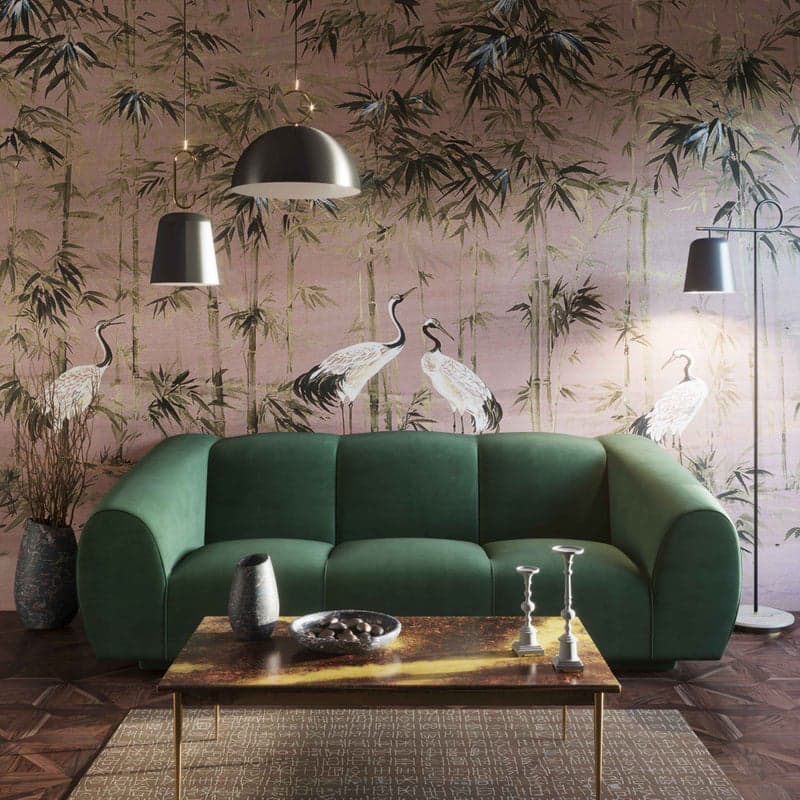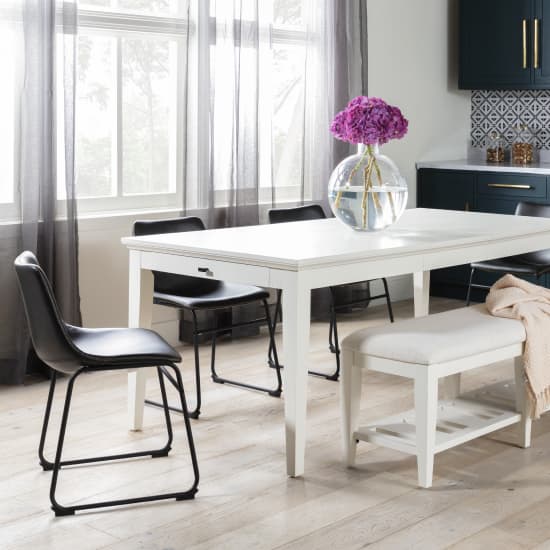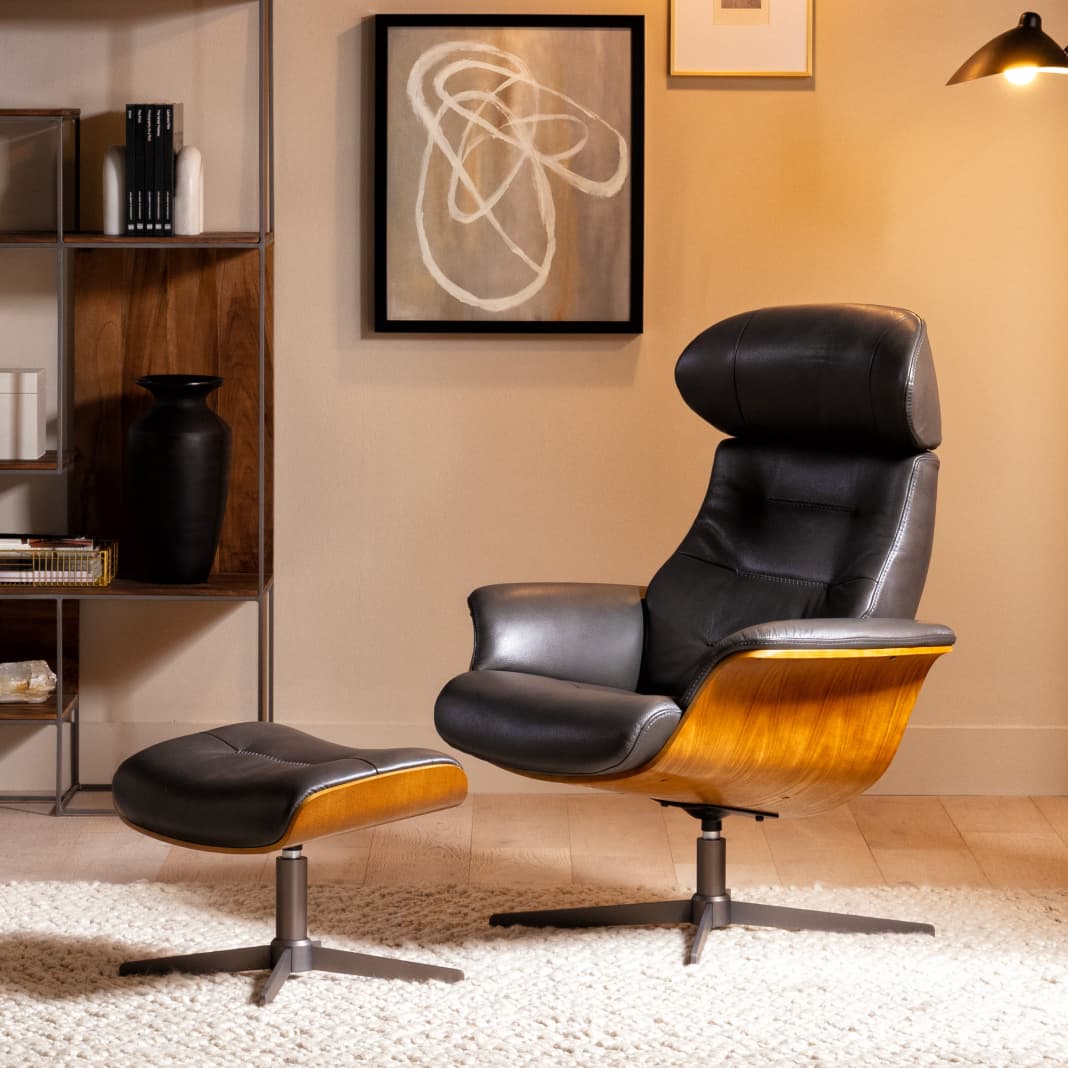What Is Bamboo? Nature's Sturdy Material, Explained
Overview
Boasting a high resilience to environmental changes, bamboo can be found in various regions of the planet but prefers tropical climates with plenty of warmth and moisture. Durability is one of bamboo's most sought after traits, proving to be a capable outdoor material. Suspension bridges made from twisted bamboo have been found in China and India and date back as far as 960 AD. The Philippines is home to nipa huts, a basic housing solution created from bamboo slats and woven bamboo fibers.The Popularity of Bamboo
Such a high level of sustainability paired with bamboo's uncanny ability to grow in otherwise unusable land has made it an eco friendly option around the world. Fisherman are returning to bamboo poles for extra strength and flexibility, textile companies are using the fibers to make items such as scarves and manufacturing plants are finding more ways to incorporate bamboo into their current production.— More Great Articles —
Bamboo & Similar Materials
Read the Latest
Editorial Disclaimer: Articles featuring tips and advice are intended for educational purposes and only as general recommendations. Always practice personal discretion when using and caring for furniture, decor and related items.
